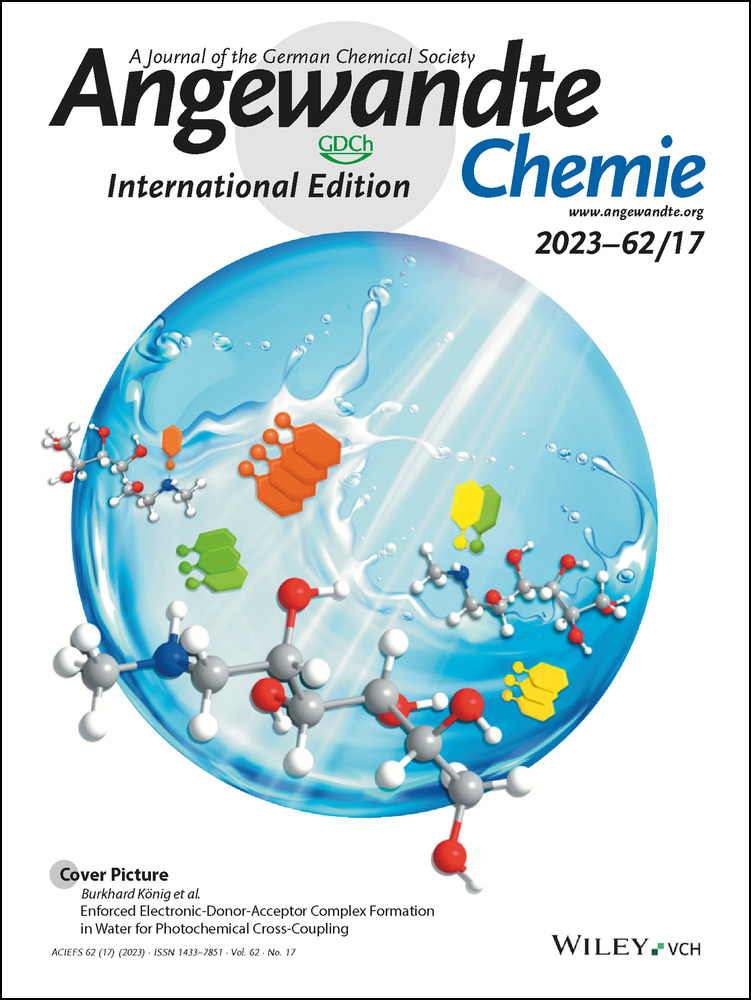Engineering Photosynthetic Microbial Consortia for Carbon-Negative Biosynthesis
Graphical Abstract
Li et al. recently developed a highly compatible phototrophic community integrating a sucrose-producing CO2 sequestration module and a super-coupled module. By a simple alteration of the sucrose utilization module, four distinct products could be synthesized directly from channelling CO2 into various chemicals, thus enabling a carbon-negative biosynthesis.
Abstract
Microbial consortia consisting of phototrophs and heterotrophs have raised extensive attention due to their potential in sustainable biotechnology. The challenge remains in the selection of appropriate partners since most heterotrophic microorganisms cannot naturally use the intermediate carbohydrates secreted by autotrophic partners. In a recent study, the Ni Lab has developed a highly compatible autotrophic-heterotrophic symbiotic system comprising Synechococcus elongatus and Vibrio natriegens. V. natriegens (the sucrose utilization module) shows a high degree of nutritional complementarity and culturing compatibility with the engineered S. elongatus (the CO2 sequestration module). The combination of both species channels CO2 into various valuable chemicals, enabling carbon-negative biosynthesis.
Open Research
Data Availability Statement
Data sharing is not applicable to this article as no new data were created or analyzed in this study.





